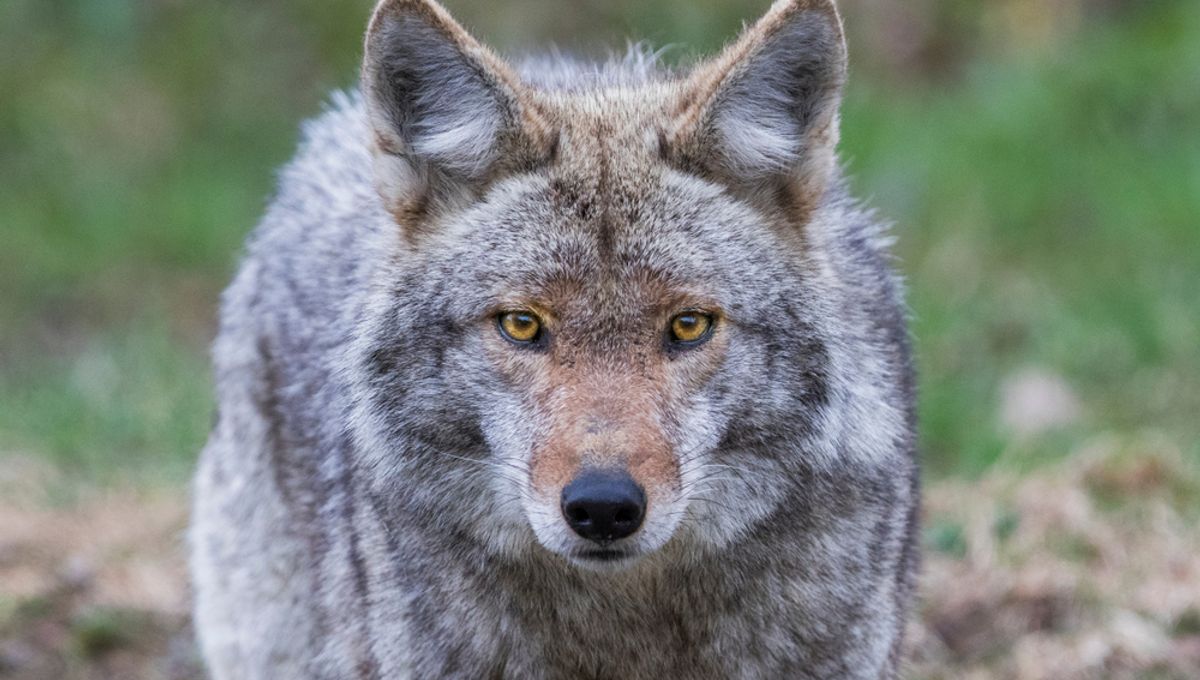
Coyotes are troublesome for farmers and their livestock, but generally don’t pose much of a threat to humans – that is, until one tragic event in 2009 in which a pack of coyotes attacked and killed a 19-year-old hiker in Canada’s Cape Breton Highlands National Park. It marked the first time coyotes have ever killed an adult human and scientists were stumped as to why.
Now, new research suggests that coyotes have been learning to hunt larger prey – as large as moose – as a response to lower resources in the area, and this could have led them to hunt humans as well.
The research wanted to look at why large carnivore attacks are increasing in North America and what could have driven animals that were previously uninterested in humans to actively hunt and kill one. Various suggestions have been put forward: animals can become used to humans, making them less scared to encounter us, or poor health conditions of predators push them to desperation.
Despite these factors, attacks by coyotes are extremely rare. They are small, opportunistic predators, and attacking a fully-grown human is just not worth it when there are rabbits and smaller prey to catch. Even when there are attacks, removal of the bold and aggressive offender is often enough to stop them altogether.
So, why would a pack of coyotes randomly attack and kill a 19-year-old woman in Canada? The researchers sought to find out by looking at coyotes in the area, including how they move in respect to humans, and their diets, to understand canid-human interactions.
They fitted 11 coyotes in Cape Breton Highlands National Park with a GPS collar to track their movements, and analyzed samples taken from the coyotes and their potential prey to understand their diet. The goal was to identify whether they were eating food for humans or their typical meal.
What they expected to find was an omnivorous diet rich in small prey and plants – instead, they discovered the coyotes were chowing down on moose for the majority of their food intake. Up to two-thirds of their diet was made up of moose, followed by deer and other prey, and it is likely out of sheer necessity; if you’ve ever seen a moose in person, you’ll know they don’t go down easy. Moose made up the main proportion of their diet year-round, suggesting it really was the best option available to them at all times.
With such confidence in taking down large prey, it may explain why they have increased their willingness to take on humans, too.
“We’re describing these animals expanding their niche to basically rely on moose. And we’re also taking a step forward and saying it’s not just scavenging that they were doing, but they were actually killing moose when they could. It’s hard for them to do that, but because they had very little if anything else to eat, that was their prey,” said lead author Stan Gehrt, a wildlife ecologist at The Ohio State University, in a statement.
“And that leads to conflicts with people that you wouldn’t normally see.”
The study was published in the Journal of Applied Ecology.
Source Link: Mysterious Death From Coyotes Finally Explained: They're Learning To Hunt Larger Prey